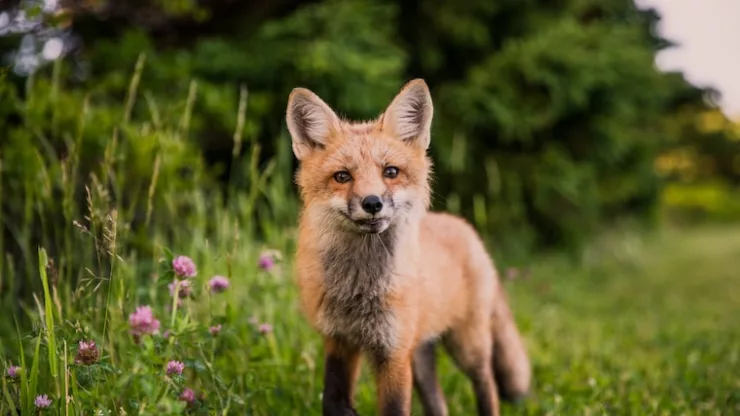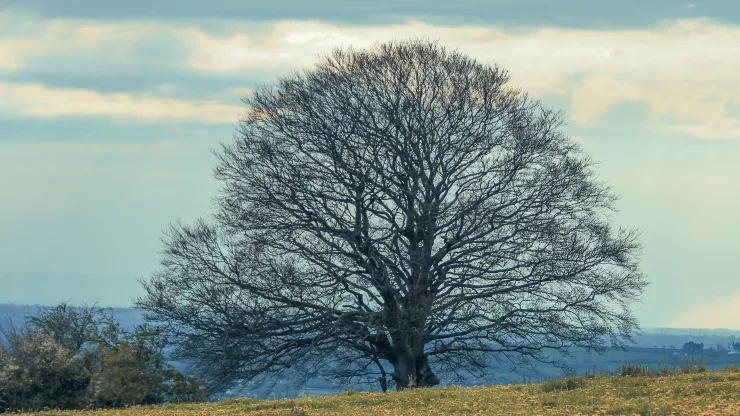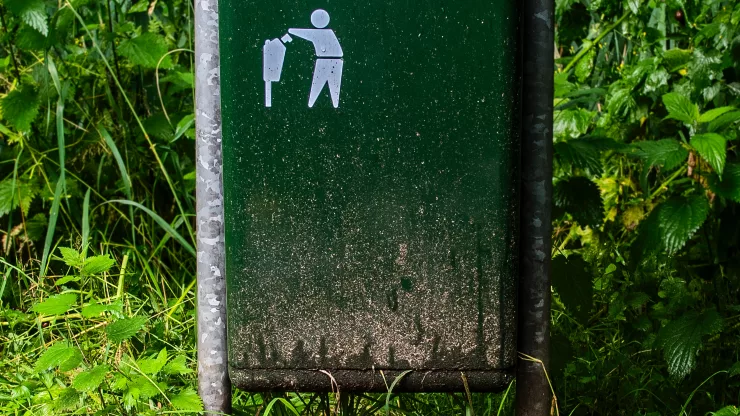Urban Raccoons: Surviving and Thriving in the City
Raccoons are no longer just inhabitants of rural and forested areas. In recent years, urban raccoon populations have been growing in cities across North America.
As adaptable creatures, raccoons have been able to thrive in urban environments by making physical and behavioral adaptations.
Understanding how raccoons survive and coexist with humans in cities is important for both their conservation and for minimizing any negative impacts they may have on urban life.
Jump to Section
Introduction
Urban raccoon populations have been steadily increasing in North American cities over the past few decades.
These intelligent creatures have been able to adapt to urban environments by making changes to both their physical and behavioral characteristics.
While some people view raccoons as a nuisance, understanding how they survive and thrive in urban areas is crucial for managing their populations and minimizing potential conflicts with humans.
The Physiology of Urban Raccoons
Physical Adaptations
Urban raccoons have made physical adaptations that enable them to thrive in city environments. They tend to be larger and have shorter ears than their rural counterparts.
Their fur is also thicker and darker, which helps to protect them from the harsh urban environment.
Additionally, urban raccoons tend to have shorter life spans than their rural counterparts.
Behavioral Adaptations
In addition to physical adaptations, urban raccoons have also made behavioral adaptations that enable them to thrive in cities.
They have become more nocturnal in order to avoid humans and have learned to navigate urban landscapes by using man-made structures as pathways.
They are also less fearful of humans, which can cause problems when they become habituated to humans and start to rely on them for food.
Urban Raccoon Habitat and Diet
Habitat
Urban raccoons can be found in a variety of habitats within cities, including parks, residential neighborhoods, and even downtown areas.
They prefer habitats that provide cover and access to food sources, such as gardens and compost bins.
Human development has impacted raccoon habitat by reducing the amount of available natural habitat and creating more opportunities for raccoons to access human food sources.
Diet
Urban raccoons have a varied diet that includes both natural and human-provided food sources.
They are omnivores and will eat almost anything, including insects, fruits, vegetables, and small animals. In urban areas, they often rely on human-provided food sources such as garbage cans and compost bins.
The Impact of Urban Raccoons on City Life
Positive Impact
While some people view raccoons as a nuisance, they actually play an important role in urban ecosystems.
They help to control pest populations and can even help to disperse seeds and pollinate plants. In addition, they provide entertainment and a connection to nature for many city dwellers.
Negative Impact
Urban raccoons can also cause problems for humans by getting into garbage cans, damaging property, and spreading diseases such as rabies and roundworm.
They can also be aggressive if they feel threatened, which can pose a danger to humans and pets.
Coexisting with Urban Raccoons
Prevention Techniques
Preventing raccoons from accessing human-provided food sources is the best way to reduce potential conflicts with humans.
This can be achieved by securing garbage cans and compost bins, installing motion-activated lights, and sealing off any potential entry points into buildings.
Humane Deterrents
If raccoons are still causing problems, there are several humane deterrents that can be used.
These include using repellents such as ammonia, installing sprinklers that are triggered by motion sensors, and using noise deterrents such as ultrasonic devices.
When to Seek Professional Help
If raccoons are causing significant problems, it may be necessary to seek professional help.
It is important to find a qualified and humane wildlife removal specialist who can safely and effectively remove raccoons from urban areas.
Conclusion: Living with Urban Raccoons
Understanding how urban raccoons survive and thrive in cities is important for both their conservation and for minimizing potential conflicts with humans.
While they can cause problems for humans, they also play an important role in urban ecosystems.
By taking steps to prevent conflicts and using humane deterrents when necessary, it is possible to coexist with these adaptable creatures in urban areas.
FAQ
What should I do if I encounter a raccoon in my yard?
If you encounter a raccoon in your yard, it is important to keep your distance and avoid approaching it.
Raccoons can be aggressive if they feel threatened, so it is best to observe them from a safe distance.
Can raccoons carry diseases?
Yes, raccoons can carry diseases such as rabies and roundworm.
It is important to avoid direct contact with raccoons and to wash your hands thoroughly after handling anything that may have come into contact with raccoon feces.
How can I prevent raccoons from getting into my garbage cans?
To prevent raccoons from getting into your garbage cans, use a locking lid or bungee cords to secure the lid.
You can also use a heavy object such as a cinder block to weigh down the lid.
What should I do if a raccoon is living in my attic?
If a raccoon is living in your attic, it is important to contact a qualified and humane wildlife removal specialist.
Attempting to remove the raccoon yourself can be dangerous and may result in injury to both the raccoon and yourself.
I’m a nature enthusiast and creator of Metro Wilds and have spent years exploring the great outdoors.
With a passion for environmental conservation and sustainability, I have dedicated my career to writing about the beauty and wonders of nature, as well as the threats facing our planet.
Contact me at [email protected] for assistance.





